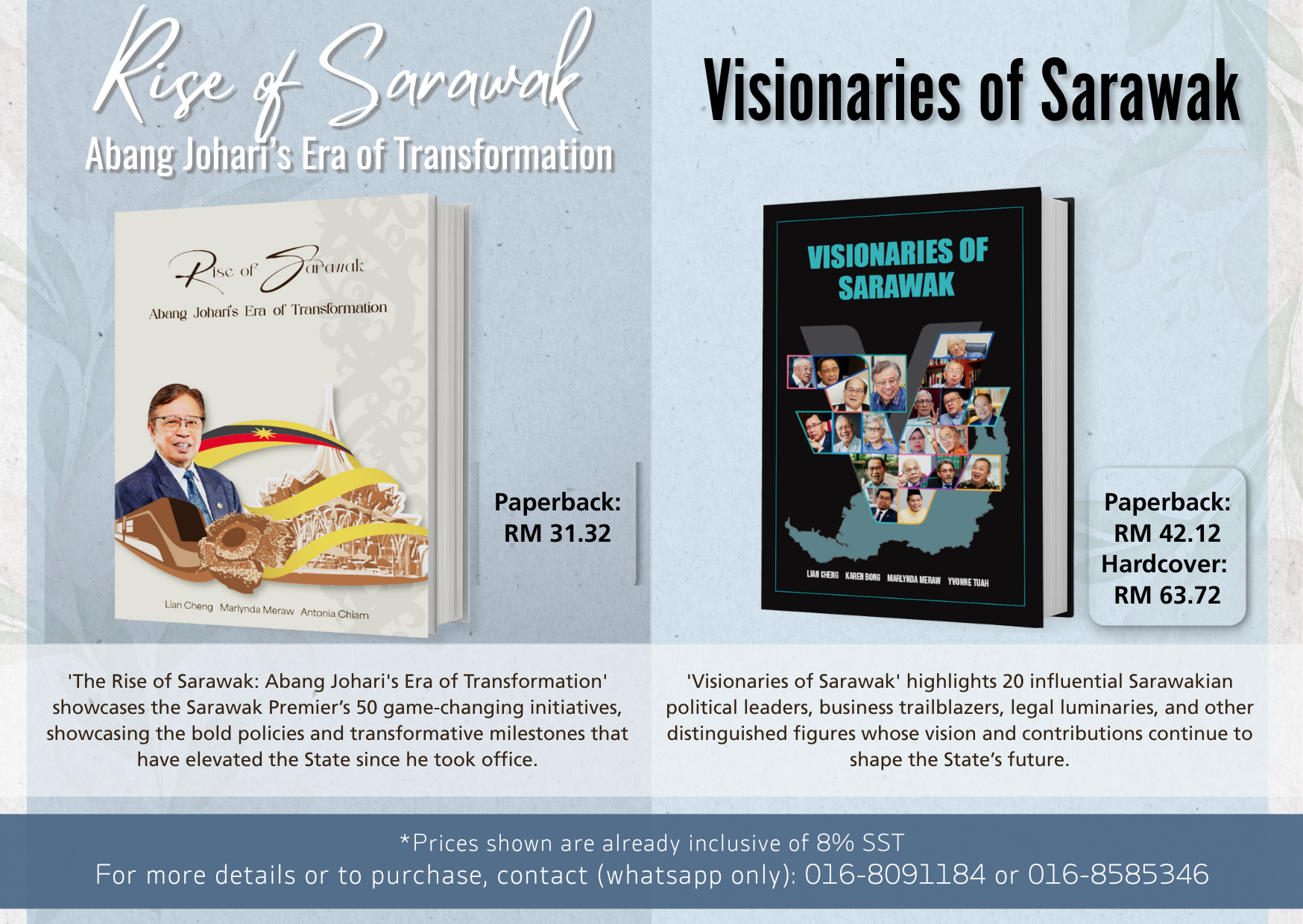
By DayakDaily Team
KUCHING, Oct 8: Sarawak Metro Sdn Bhd (Sarawak Metro) was recently given the honour of jointly unveiling the latest rolling stock from CRRC Corporation Limited, in conjunction with InnoTrans 2024 in Berlin, Germany.
According to a press release, the new rolling stock unveiled were CRRC’s ‘ART 2.0’ and its ‘Cinova H2 New Energy Intelligent Intercity Train’.
Sarawak Metro chief executive officer Mazli Mustaffa, who represented the organisation at the unveiling ceremony lauded CRRC’s latest achievement, especially on the innovations introduced in its newest version of the ART vehicle.
“It was truly an honour to represent Sarawak Metro to be part of the ceremony to unveil the new rolling stock, particularly during an event as prestigious as InnoTrans, which is well known as the rail transport industry’s largest trade fair.
“It was gratifying to see that CRRC’s latest ART vehicle shares many design similarities with our hydrogen-powered ART vehicle, and no doubt the inspiration may have come from CRRC’s work with our engineers when coming up with the final design for our ART for the Kuching Urban Transportation System (KUTS) project,” said Mazli, who pointed out that when fully operational, the KUTS, which is a project owned by the Ministry of Transport Sarawak (MOTS), will have the largest hydrogen-powered ART fleet in the world.
According to CRRC, the ART, which is designed for medium-to-low passenger volumes, blends the benefits of trams and road-based vehicles, adapting to the needs of urban transportation.
As with the ART adopted for the KUTS project, the new ART employs rubber wheels and virtual tracks, eliminating the need for tracks and catenary.
The design drastically slashes track construction and maintenance costs while significantly reducing carbon dioxide emission by an impressive 769 tons per kilometre.
Mazli added that he was pleased to see CRRC’s commitment in developing hydrogen powered solutions for the railway industry with the introduction of the Cinova H2 – a hydrogen-powered trainset that operates seamlessly on non-electrified railways.
“It is a great motivation for us to see that CRRC, the world’s largest rolling stock manufacturer, continues to innovate towards decarbonising the railway industry and looking at hydrogen as one of its zero-emission options,” he added.
Meanwhile, CRRC said the Cinova H2 can reach a top speed of 200 kilometres per hour, with a four-car formation carrying over 1,000 passengers.
It has a continuous running range of 1,200 kilometres at 160 km/h, consuming less than 0.3 grams of hydrogen per passenger per kilometre.
With an estimated annual operation of 300,000 kilometres, each train can cut down carbon dioxide emissions by about 730 tonnes annually.
Sarawak Metro participated as an exhibitor at the recent InnoTrans 2024, which is organised every two years at the Messe Berlin exhibition centre.
Sarawak Metro’s participation at InnoTrans 2024, was at the invitation of Malaysia External Trade Development Corporation (MATRADE), as part of MATRADE’s trade delegation of exhibitors under its ‘Astaka Malaysia’ or Malaysian Pavilion. — DayakDaily








